Building a Solid Foundation: Crucial Elements of a Successful SEO Strategy
An efficient SEO (Search Engine Optimization) strategy is the foundation of success for organizations and websites in the constantly changing digital world. It’s important to have a user-friendly, credible, and authoritative online presence that can endure algorithm upgrades and market changes in addition to increasing your exposure in search engine results. In this thorough guide, we’ll deconstruct the essential elements of a successful SEO plan to assist you in navigating the complexity of the online environment and achieving long-lasting results.
1. Thorough Keyword Research
Any effective SEO strategy is built on thorough keyword research. It entails figuring out the precise words and phrases (keywords) that your target market uses to look up goods, services, or relevant information. Effective keyword analysis entails:
– Identifying High-Value Keywords:
Concentrate on keywords that are both related to your niche and have a high search volume.
– Analyzing Keyword Competition:
Analyze the degree of keyword competition.Target keywords with a reasonable chance of ranking.
– Understanding User Intent:
Find the purpose of each keyword.Are users looking for information, products, or local services?
– Long-Tail Keywords:
Long-tail keywords are longer and more precise keyword phrases; don’t ignore them. They frequently face less competition and can draw very niche audiences.
2. On-Page Optimization
The measures conducted directly on the pages of your website to increase their visibility in search results are referred to as on-page SEO.Key elements of on-page optimization include:
– High-Quality Content:
Produce entertaining, useful, and distinctive content that fulfills user requirements. Avoid keyword cramming and use terms naturally.
– Title Tags:
For each page, create intriguing and pertinent title tags.Include primary keywords when appropriate.
– Meta Descriptions:
Write compelling meta descriptions to persuade searchers to click on your listings.
– Header Tags:
To organize your information and make it more visible to both users and search engines, utilize header tags (H1, H2, H3, etc.).
– Image Optimization:
Use descriptive alt tags and picture file compression to enhance images for quicker page loading.
– Internal Linking:
To help consumers and search engine bots navigate your material, create an internal linking structure that makes sense.
– Mobile Optimization:
Make sure your website is mobile-friendly because it affects rankings significantly.
3. Technical SEO
Technical SEO focuses on the backend elements of your website that impact its search engine performance. These technical aspects ensure that search engines can crawl, index, and understand your site. Key components of technical SEO include:
– Site Speed:
For both user experience and SEO, a website must load quickly.Compress images, enable browser caching, and use content delivery networks (CDNs) to improve speed.
– XML Sitemap:
Make an XML sitemap to aid search engines in comprehending the structure of your website and choosing which pages to crawl first.
– Robots.txt File:
Use a robots.txt file to control which parts of your site should be crawled and indexed and which should be excluded.
– SSL Certificate:
To ensure a safe connection and win over search engines, encrypt your website with an SSL certificate.
– Mobile Responsiveness:
Make sure your website responds to different screen sizes, especially those of mobile devices and tablets.
– Structured Data (Schema Markup):
Implement structured data (Schema markup) to provide additional context to search engines and enhance rich snippets in search results.
4. Link Building
Link building is still a crucial part of SEO. To create the authority and trustworthiness of your website, it entails getting high-quality backlinks (links from other websites to yours).Effective link building strategies include:
– Guest Posting:
Contribute guest articles with a link back to your website to respectable websites in your business or specialty.
– Content Promotion:
In order to attract natural backlinks from other websites, promote your excellent content.
– Outreach:
Reach out to influencers, bloggers, and industry publications to build relationships and secure backlinks.
– Internal Linking:
Link strategically within your content to pertinent internal pages to enhance navigation and spread link equity.
5. Local SEO (for Local Businesses)
Local SEO is crucial for companies who want to reach local customers. When customers hunt for items or services nearby, it helps you show up in local search results. Key elements of local SEO include:
– Google My Business (GMB) Optimization:
Make sure your GMB listing is correct by claiming it and updating it with new information, photographs, and reviews.
– Local Citations:
Make sure that the NAP (Name, Address, Phone) for your company is the same across all online directories and platforms.
– Local Content:
Make content that is tailored to your local audience’s needs and interests.
– Online Reviews:
Encourage and oversee online reviews on sites like Facebook, Google, and Yelp.
6. Content Marketing
Content marketing goes hand in hand with SEO. It involves creating and distributing valuable, relevant content to attract and engage your target audience. Effective content marketing strategies include:
– Content Calendar:
Develop a content calendar to plan and schedule your content creation and distribution.
– Diverse Content:
Create several kinds of material, such as blog entries, infographics, videos,podcasts, and ebooks.
– Keyword Integration:
To increase your content’s search exposure, naturally incorporate relevant keywords into it.
– Promotion:
To reach a larger audience, actively promote your material through outreach, email marketing, and social media.
– Evergreen Content:
Make content that is evergreen so it is valuable and relevant throughout time.
7. User Experience (UX) and Mobile Friendliness
User experience is a critical factor in SEO. A positive user experience keeps visitors on your site longer, reducing bounce rates and increasing the chances of conversion. Key elements of a good user experience include:
– Mobile Friendliness:
Make sure your website is responsive and offers a great mobile experience.
– Page Speed:
Optimize your site for speed to minimize loading times.
– Navigation:
Design a user-friendly navigation system that makes it simple for people to discover information.
– Readability:
Use legible fonts and formatting to enhance content readability.
8. Analytics and Monitoring
Regularly monitor your website’s performance using analytics tools like Google Analytics and Google Search Console. Key metrics to track include:
– Organic Traffic:
Calculate the number of search engine visits.
– Keyword Rankings:
Observe where you rank for the keywords you want.
– Conversion Rates:
Count the proportion of site visitors who complete desired actions, such making a purchase or completing a contact form.
– Bounce Rates:
Watch bounce rates to determine the engagement and relevancy of your material.
– Click-Through Rates (CTR):
Analyze CTR to evaluate the effectiveness of your meta titles and descriptions.
9. Adaptation and Ongoing Optimization
The digital landscape is continually evolving.User behavior changes, search engine algorithms adapt, and new technologies appear.To stay competitive, it’s crucial to adapt your SEO strategy continually. This includes:
– Algorithm Updates:
Keep up with changes to search engine algorithms and adapt your strategy as necessary.
– Competitor Analysis:
Regularly analyze your competitors’ strategies to identify opportunities and threats.
– User Feedback:
Pay attention to user input and change your website to suit their requirements and tastes.
10. Local Listings and social media
Optimizing local listings (such as those on Google Maps and Yelp) and keeping an active presence on social media can support your SEO efforts for companies with a physical location. You may improve your online reputation and exposure by interacting with your audience on these sites and reacting to reviews.


In Conclusion
Technical know-how, content production, and continuing optimization work hand in hand to create an effective SEO strategy.By focusing on the key components outlined in this guide, you can establish a solid foundation for your SEO efforts and work toward achieving long-term success in the ever-competitive digital landscape. Remember that SEO is not a one-time task but an ongoing process of adaptation and improvement.



